If you are a videographer, you’d know the importance of stable footage. While most new cameras have in-body image stabilization, it may not suffice for sudden movements. That’s where a gimbal comes into the picture. In fact, there are several budget gimbals for mirrorless cameras that can help you record stable videos.
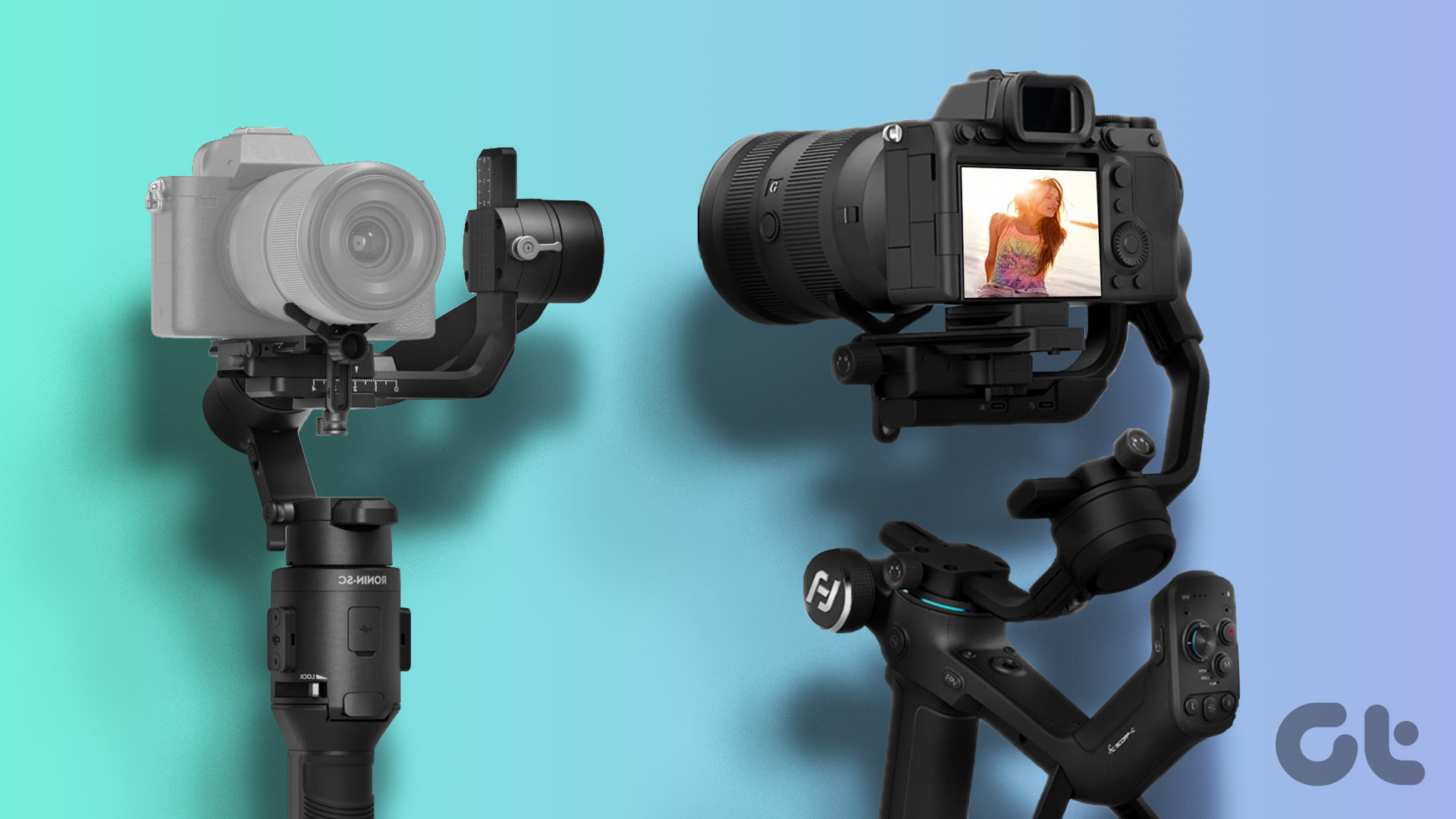
If you’ve already spent a substantial amount of money on your camera, you don’t have to splurge on an expensive gimbal. We’ve made a list of some of the best cheap gimbals for DSLR and mirrorless cameras that you can buy.
These gimbals will aid your videography and let you create better content for your viewers. Before we get to the mirrorless camera gimbals, here are some other articles that we think you may like –
- Here are some of the best compact cameras for travel that you can buy.
- Planning to start a YouTube channel? Check out the best budget cameras for YouTube for under $500.
- Record your everyday life with the best vlogging cameras with flip screens.
With that out of the way, here are some of the best camera stabilizers on a budget.
1. Zhiyun Crane M2S Gimbal
The main highlight of the Zhiyun Crane M2S is its lightweight frame. To that end, the gimbal weighs 549g which is quite light for a mirrorless camera gimbal. It’s also relatively compact making it easy to carry when you’re traveling or when you’re out on a long shoot. In fact, Zhiyun also bundles in a carrying case with the gimbal which is a nice touch.
You can mount a camera weighing up to 1.5 Kg on the Crane M2S. While it should suffice for most mirrorless cameras, you need to be careful if you have a large telephoto lens. Controls to record, zoom, pan, and tilt are provided on the gimbal itself. Another nice touch by Zhiyun is the built-in fill-light which can come in handy in low-light conditions.
The battery life is rated at ten hours but your mileage may vary depending on your usage. Most of the reviews praise the gimbal’s small and compact frame. That said, some users have reported that the build quality is not up to the mark so handle the gimbal with care.
2. FeiyuTech SCORP-C Camera Stabilizer
Unlike a standard gimbal that comes with a long handle, the FeiyuTech SCORP-C camera stabilizer takes a slightly different approach. Along with the standard handle, you get a secondary handle that is angled for even weight distribution. Thanks to the unit’s design, you will encounter lesser shakes when moving around with the gimbal.
The device also comes with a bracket on the underside that acts like a tripod for when you want to place the gimbal in an upright position. FeiyuTech definitely deserves some brownie points in the design department. The gimbal itself weighs 1.5 Kg and can handle a payload of 2.5 Kg. As per the brand’s claims, the SCORP-C lasts about twelve hours on a single charge. Realistically though, the gimbal lasts around ten hours, as per the reviews.
Reviews also mention that the device is a good gimbal for beginners, thanks to its extra grip. The stabilization is said to be smooth as per a user who also has a much more complex and expensive gimbal from DJI.
3. Zhiyun Webill S
While the Zhiyun Crane M2S could only sustain cameras weighing 1.5 Kg or less, the Webill S can hold cameras of up to 2.5 Kg, which is a significant improvement. Apart from the hardware itself, Zhiyun provides some useful features and controls with the Webill S as well.
For starters, there’s an OLED display onboard for mode selection. You also get a dual-focus control system so you don’t have to meddle with the controls on the cameras. The brand also sells an optional external display that you can connect to the gimbal to get an output video feed. It works wirelessly and is an excellent alternative to a camera monitor.
User reviews point out that the gimbal is easy to handle and is also quite light for its size. However, the accompanying smartphone app is quite buggy. So, if you plan on using your smartphone as a secondary monitor or for controlling the gimbal, take a note.
4. DJI Ronin-SC Camera Gimbal
DJI’s primary focus with the Ronin-SC has been making the gimbal lightweight. It weighs in at just 1 Kg and can sustain a payload of up to 2 Kg. There’s a built-in tripod that folds into the handle when not in use, giving you an additional grip to hold while filming. As per several users, the DJI Ronin-SC is built exceptionally well.
It’s not just about the hardware though. DJI’s expertise with drones and other camera equipment ensures they provide a superior app experience compared to all the other gimbals on this list. Features like object tracking and follow-pan work great and are useful when you’re recording yourself.
You also get a snap mount in the box that you can attach to the horseshoe mount on your camera. The mount can be used to holster your smartphone as a secondary monitor, or you can attach a light source when shooting in the dark. If you want a gimbal that may not necessarily have a lot of supplementary features like an angled handle, built-in lights, etc., but one that’s refined and reliable, we suggest picking up the DJI Ronin-SC.
FAQs for Mirrorless Camera Gimbals
Some gimbals from the list above like the Zhiyun Crane M2S and the FeiyuTech SCORP-C let you mount a smartphone instead of a camera. However, there are dedicated smartphone gimbals that would do a better job if you’re recording using your phone.
While IBIS can be extremely handy with minor jerks and stutters, it doesn’t hold up well when you’re moving briskly. If you often take shots where you’re walking, jogging, or even running — a gimbal makes your footage much smoother.
Even if your DSLR camera has a mirror, there’s nothing stopping you from using it with a gimbal. The only difference is that generally, DSLR cameras are heavier than mirrorless cameras. So, ensure that the weight of your camera is within the limits of the acceptable payload for the gimbal you get.
Stabilize Your Videos
These were some of the best budget gimbals for mirrorless cameras. As can be seen from the list, you don’t necessarily have to spend too much in order to keep your videos stable. If you record a lot of footage while moving around, or you capture action scenes, it’s highly recommended to invest in a budget gimbal. It can improve the quality of your videos by multiple folds.
Was this helpful?
Last updated on 03 April, 2023
1 Comment
Leave a Reply
The article above may contain affiliate links which help support Guiding Tech. The content remains unbiased and authentic and will never affect our editorial integrity.


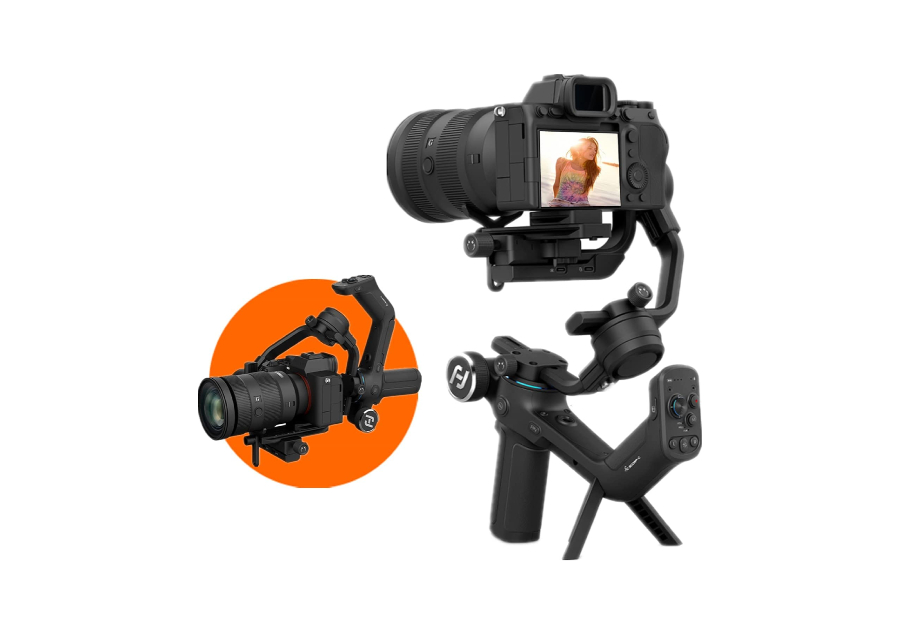


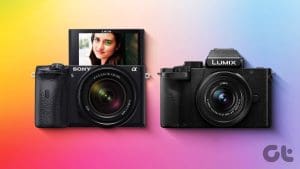
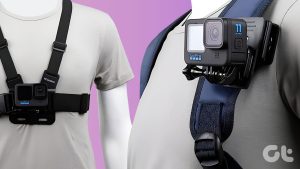
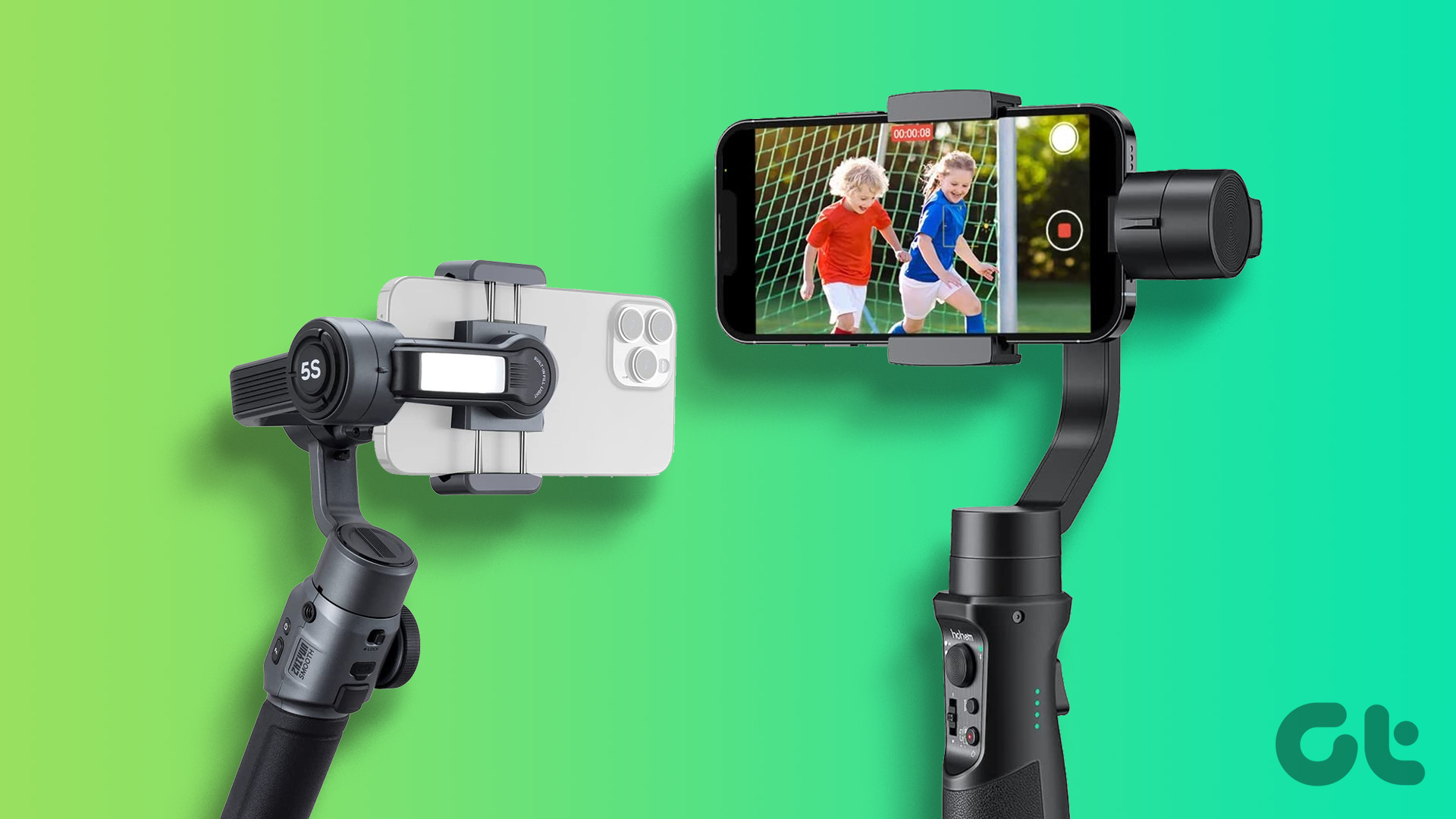
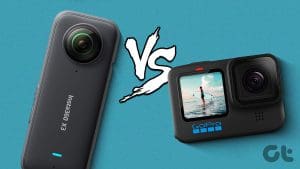

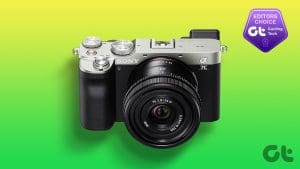


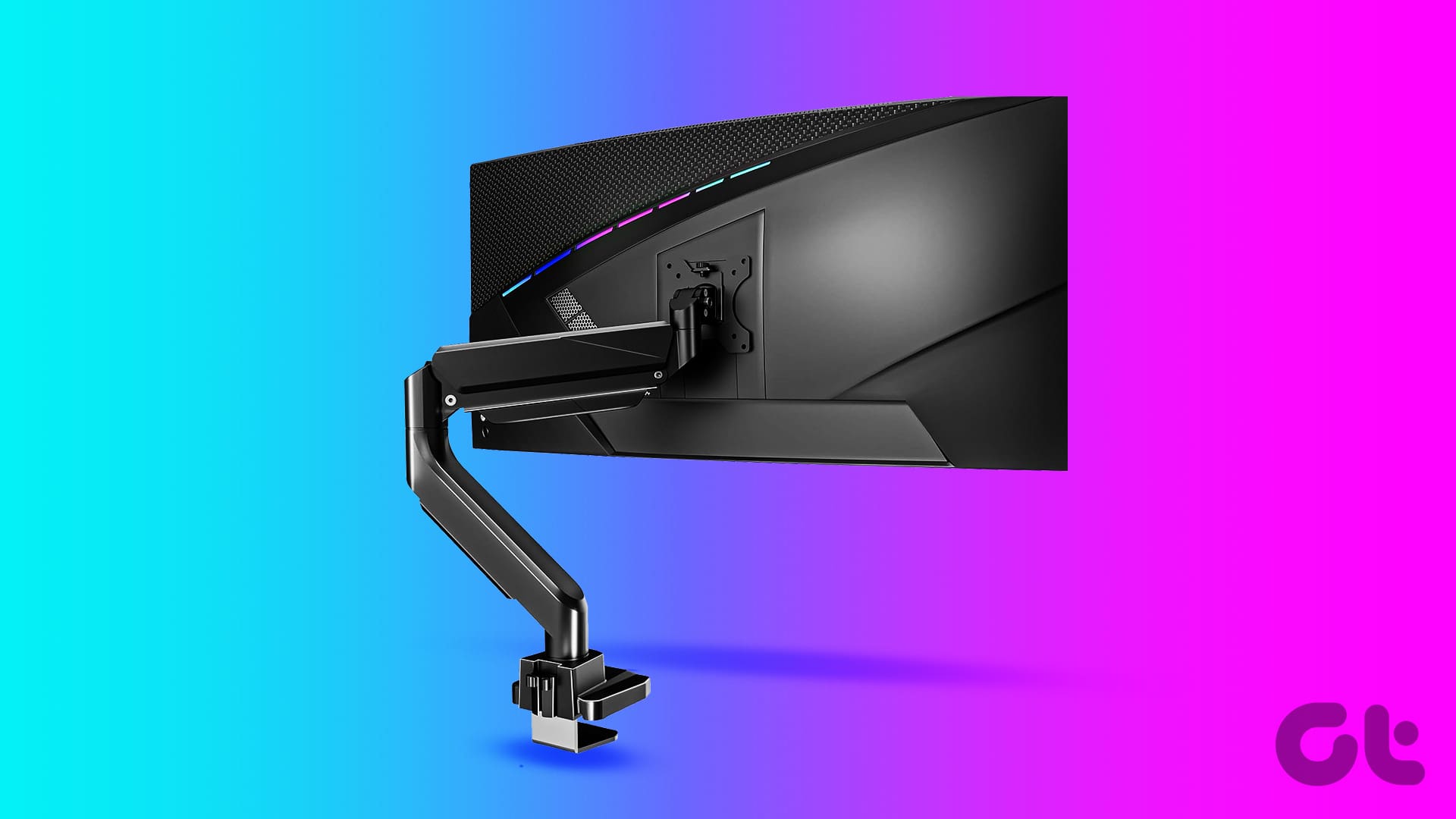
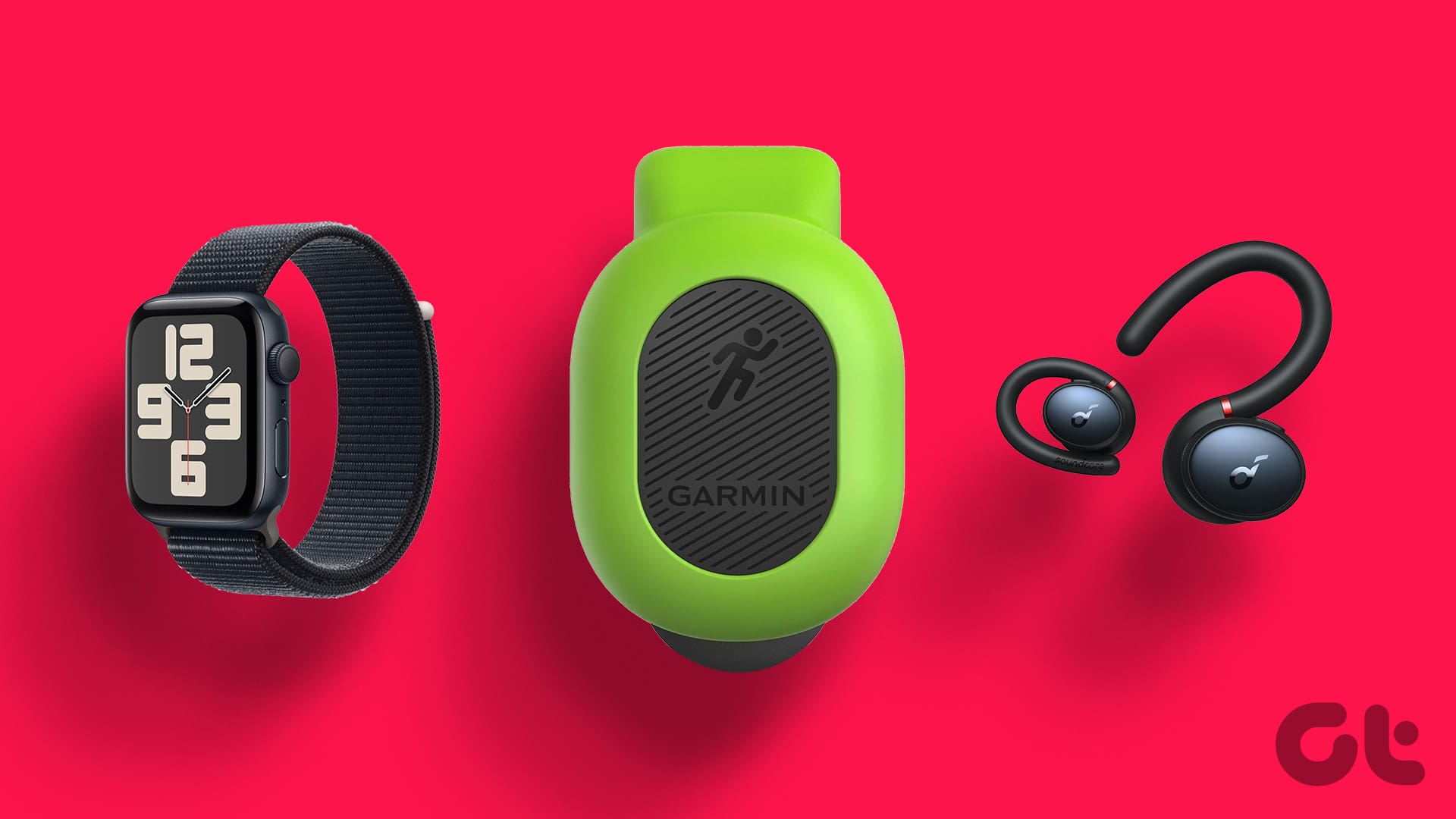
If I’m not mistaken, all of these require an app to use the gimbal that pretty much requires unrestricted access to your data.
You should mention this as there’s a lot of privacy concerns here.